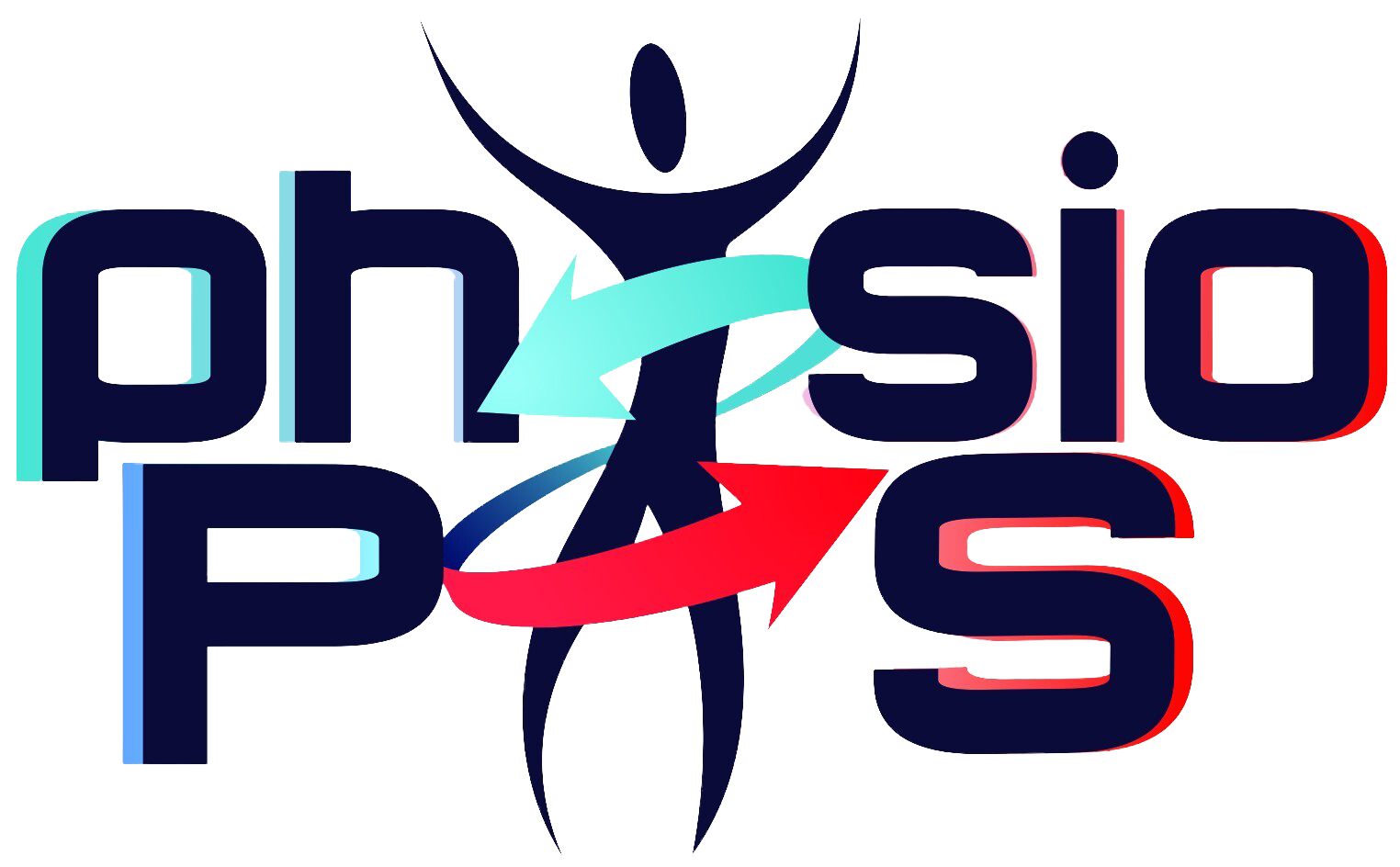Cardiac Autonomic Testing And Treating Heart Disease. “A Clinical Perspective” 2 Of 2
Abstract Background Coronary heart disease (CHD) is a major health concern, affecting nearly half the middle-age population and responsible for nearly one-third of all deaths. Clinicians have several major responsibilities beyond diagnosing CHD, such as risk stratification of patients for major adverse cardiac events (MACE) and treating risks, as well as the patient. This second […]
Cardiac Autonomic Testing And Treating Heart Disease. “A Clinical Perspective” 2 Of 2 Read More »

